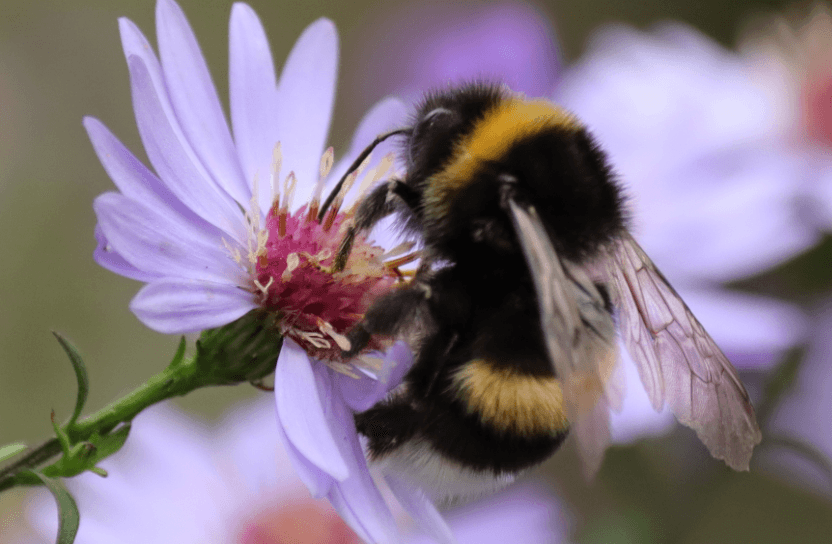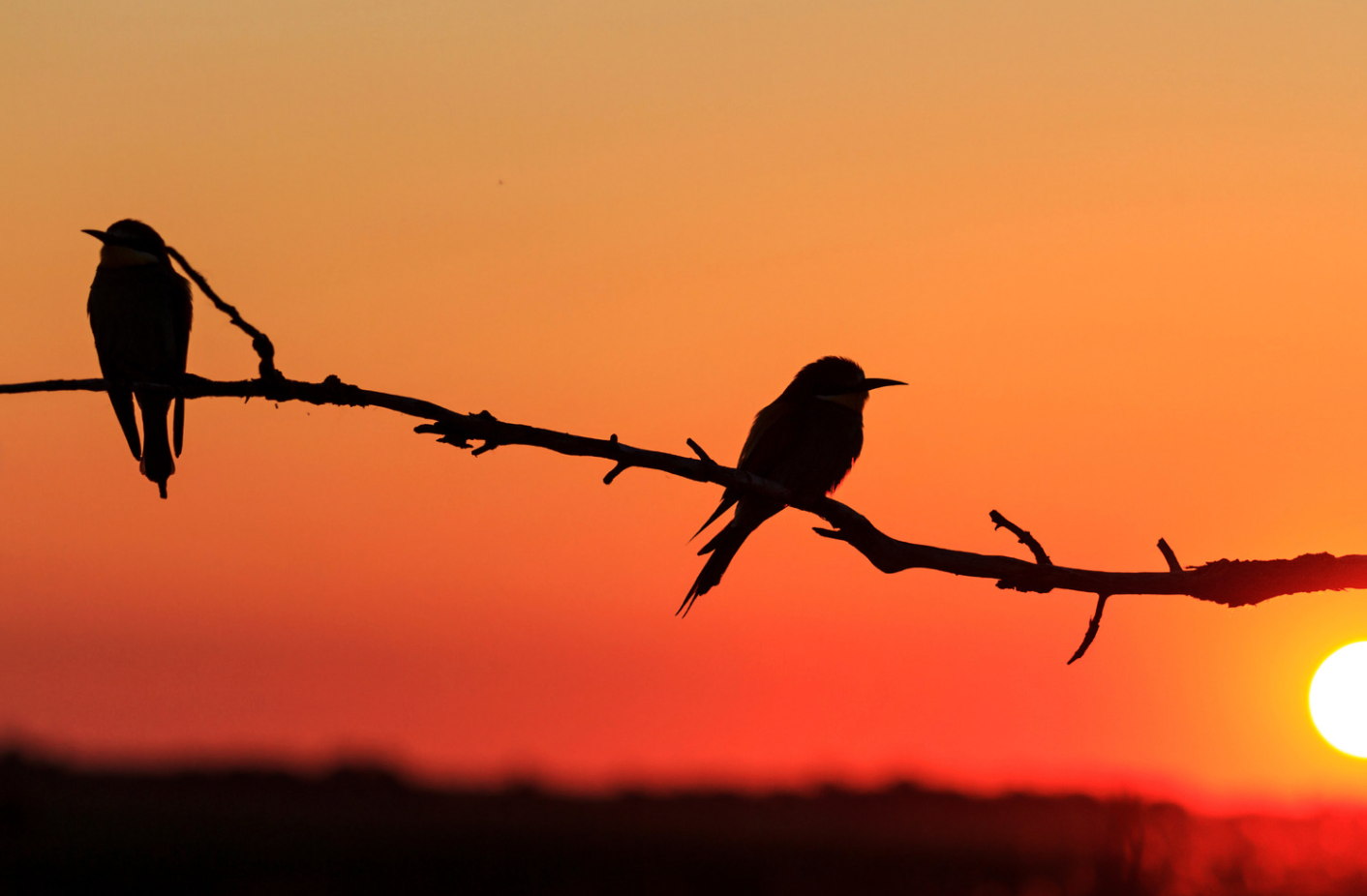What is Biodiversity?

Updated at 2025-10-21
In recent times, human activities such as deforestation, pollution, overfishing, and climate change have caused a dramatic loss of many species and habitats.
.png)
Preserving biodiversity is crucial for ecosystem stability, climate regulation, and our own survival. It provides us with clean air, clean water, crop pollination, medicine, and other essential ecosystem services that are fundamental to both nature and the economy. A decline in biodiversity can lead to ecosystem collapse, reduced food security, and increased vulnerability to climate change.
Protecting and restoring biodiversity is therefore one of the greatest challenges of our time—but also an opportunity to build a more sustainable and resilient future.
Biodiversity can be divided into three main categories:
1. Ecosystem Diversity
Ecosystem diversity refers to the variety of different habitats and ecosystems on Earth, such as rainforests, coral reefs, savannas, and wetlands. Each ecosystem consists of a set of different species of plants, animals, fungi, and microorganisms that interact with each other and their environment.
For example, rainforests play a crucial role in oxygen production and climate regulation, while wetlands act as natural filters for water and store large amounts of carbon dioxide.
2. Species Diversity
Species diversity refers to the number and variation of plant and animal species within an ecosystem or on Earth as a whole. A high number of species and genetic variation within species make ecosystems more resilient and stable.
For example, different insects such as bees and butterflies contribute to pollination, while predators like wolves help maintain balanced populations of prey species. If one species disappears, entire ecosystems can be disrupted.

3. Genetic Diversity
Genetic diversity exists within a single species and means that individuals have different genetic traits. Genetic variation is crucial for species to adapt to environmental changes, such as diseases or climate shifts.
For example, some tree species are more drought-resistant, allowing them to survive in a changing climate. Genetic diversity in agricultural crops and livestock is also essential for food security.
.png)
Why is Biodiversity Important?
Biodiversity is essential for ecosystem function and for ensuring a sustainable future for humanity. It provides us with vital ecosystem services, strengthens the economy, protects our health, and increases our resilience to climate change.
The loss of biodiversity threatens food production, water supply, and climate stability, making immediate action necessary.
1. Ecosystem Services – Nature’s Vital Functions
- Pollination – Threatened insects like bees and butterflies pollinate plants, which is essential for global food production. About 75% of the world’s crops depend on pollinators.
- Air and Water Purification – Forests absorb air pollutants and improve air quality, while wetlands filter water, reduce flooding, and protect groundwater.
- Climate Regulation – Trees and plants absorb carbon dioxide, while ecosystems like mangroves protect against storms and rising sea levels.
-2.png)
2. Economic Importance – Nature as a Driver of Growth
- Food Supply – Fisheries and agriculture depend directly on stable ecosystems. Overfishing and soil degradation threaten food production and millions of livelihoods.
- Medicine and Innovation – Many medicines originate from nature, such as penicillin from fungi and cancer treatments from rainforest plants. Biodiversity loss may limit future medical discoveries.
- Tourism and Recreation – National parks, ecotourism, and outdoor activities generate significant economic value and create jobs worldwide.
3. Health and Well-Being – Nature’s Positive Impact on Us
- Physical and Mental Health – Access to nature reduces stress, improves concentration, and strengthens the immune system. Green spaces in cities significantly enhance public health.
- Pandemic Prevention – When ecosystems are destroyed, and animals are displaced, the risk of viruses spreading from animals to humans increases, potentially leading to new pandemics.
- Natural Medicines – Genetic diversity in nature provides essential compounds used in medicine and biotechnology.
-1.png)
4. Resilience to Climate Change
- Protection Against Extreme Weather – Forests, wetlands, and coral reefs act as natural barriers that reduce damage from storms, floods, and erosion.
- Mitigation of Droughts and Wildfires – Healthy ecosystems help regulate water cycles and maintain soil moisture, reducing the risk of droughts and wildfires.
- Carbon Storage – Plants and oceans store large amounts of carbon dioxide, slowing global warming and helping maintain climate stability.
Threats to Biodiversity and Life on Earth
- Habitat Destruction – Deforestation, urbanization, and agricultural expansion cause many species to lose their natural habitats and their ability to survive.
- Climate Change – Rising temperatures and altered rainfall patterns make it harder for many species to adapt. Coral reefs, for example, are dying due to ocean acidification and higher sea temperatures.
- Overexploitation – Overfishing, hunting, and large-scale logging deplete populations faster than they can recover.
- Invasive Species – When species are introduced to new environments, they can outcompete native species and disrupt ecosystem balance.
- Pollution – Plastic in the oceans, pesticides in agriculture, and air pollution harm both wildlife and ecosystems.
.png)
What Can We Do to Protect Biodiversity?
- Protect natural areas by creating more reserves and restoring wetlands.
- Reduce deforestation by promoting sustainable forestry and consuming certified products.
- Fight climate change by reducing emissions and preserving carbon-absorbing ecosystems.
- Promote sustainable agriculture by reducing pesticide use and supporting biodiversity-friendly farming methods.
- Reduce plastic consumption and other pollutants.
Biodiversity in Sweden
Sweden has a rich biodiversity, ranging from mountain landscapes and ancient forests to coastal and wetland ecosystems. However, many species, such as bees and the Baltic cod, are threatened due to habitat loss, climate change, and environmental degradation. By protecting natural areas, restoring ecosystems, and promoting sustainable forestry and agriculture, we can safeguard biodiversity for future generations.
Preserving biodiversity is an investment in our future. Nature provides everything we need—but we must take care of it in return.

Related content
Here you can find articles and pages relevant to this subject.